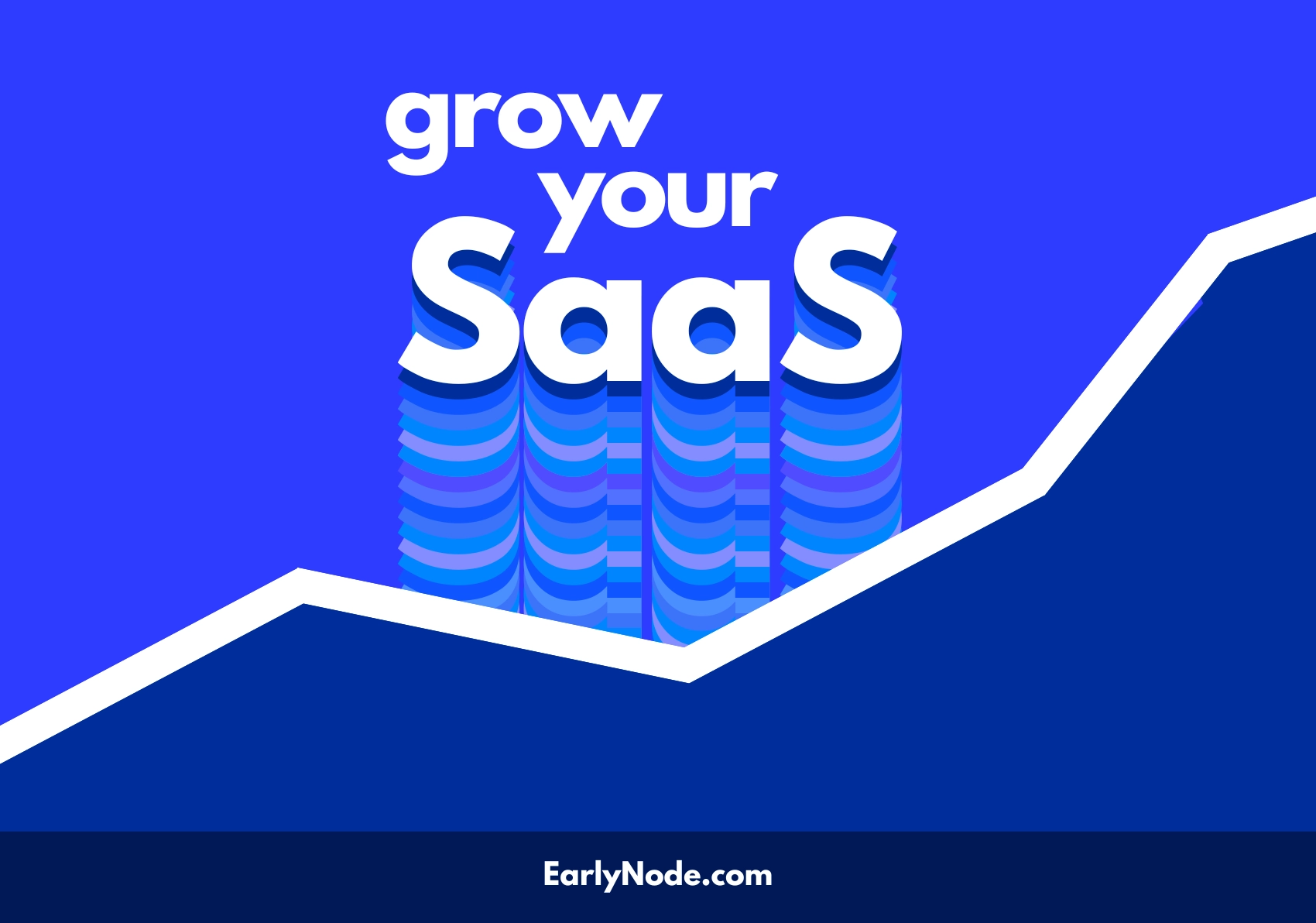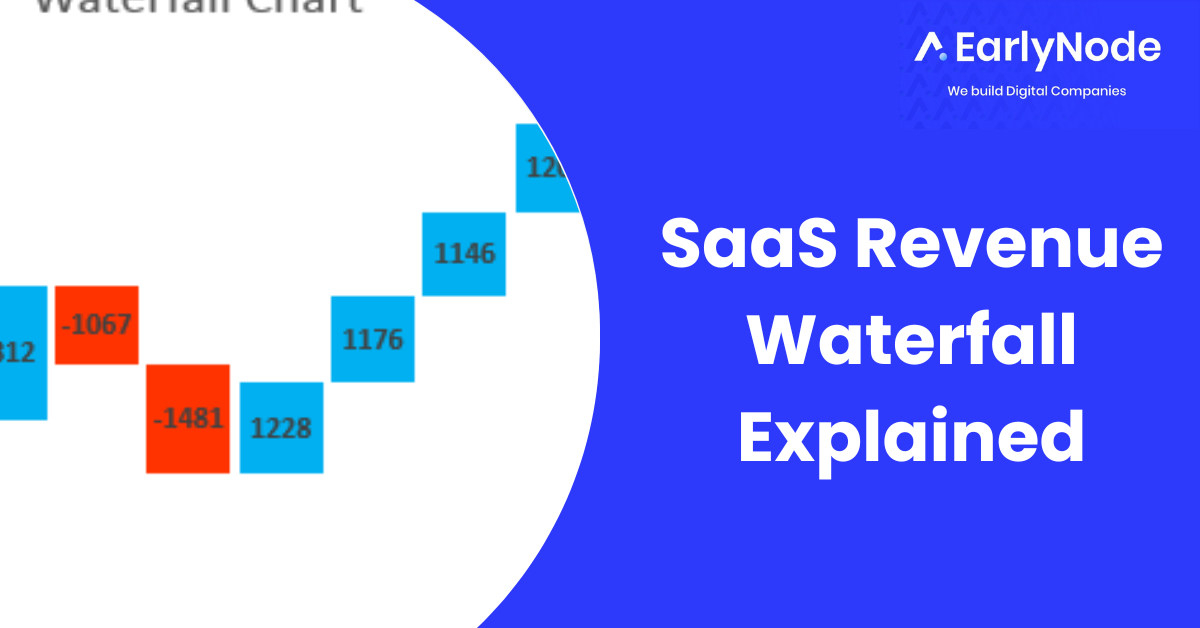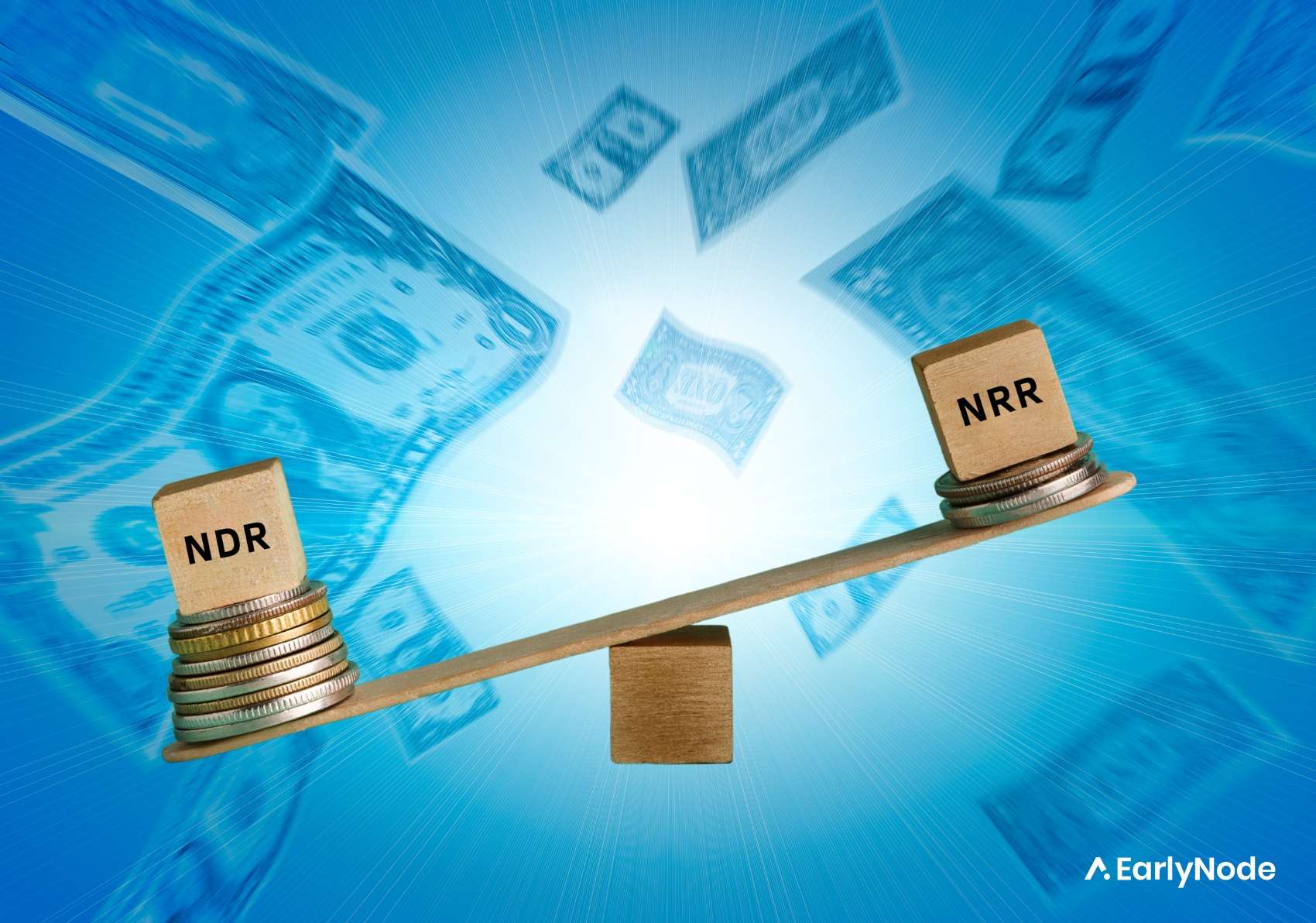How To define Traction in SaaS

Almost every founder knows the value of traction to their business. It’s a sign that tells you, ‘Hey, people like your product!’. Traction indirectly validates your product. But what exactly is traction in SaaS? In this post, we’ll define traction, look at different signs of traction and discuss how to achieve it in your own SaaS business.
How do you define traction?
In school, usually in science class, when we talk about traction, your teacher would typically illustrate how tires move with a firm grip on a road without slipping. Other times, they demonstrate the pulling power of a tractor. The key lesson was on the pulling motion. When it comes to business, traction is typically defined as how fast a startup is growing.
How to identify traction
Think of it as milestones. A milestone can be anything from reaching a certain number of users to hitting specific revenue targets. Milestones provide benchmarks that you can use to measure your progress over time. They also give you something to strive for as you continue to grow your business.
Traction can be expressed in milestones such as:
- year-over-year revenue growth
- number of employees (a growing staff size shows that you need more hands to keep up with growing demand)
- social media following, etc.
To achieve any level of traction, you need to offer a product or service that people want. This is the foundation for everything else. Once you’ve established that there is indeed a market for your offering, begin working on marketing and sales efforts to get the word out and start generating revenue. If you don’t have a product that people want or need, no amount of marketing or sales prowess will save you.
How to gain traction
Traction in SaaS companies is mainly about customer acquisition. To be successful, you need a steady stream of new customers signing up for your service. But acquiring new customers is only half the battle; you must keep those customers engaged and using your service regularly.
You can generate traction in many ways. Some common methods include paid advertising, content marketing, search engine optimization (SEO), social media marketing, email marketing, and referrals.
Paid advertising is probably the most straightforward way to generate leads for a SaaS company. You simply create an ad campaign and pay to have your ad shown on various platforms such as Google, Facebook, LinkedIn, etc. The goal of paid advertising is to get as many people in your target market as possible to see your ad. Hopefully, some will click through to your website and sign up for your service.
Content marketing is another effective way to generate leads for a SaaS company. The goal is to create informative blog posts, infographics, videos, etc., to educate potential customers about your product or service and persuade them to sign up.
A clever way to use SEO is using content marketing techniques to create informative content that will rank high on search engine results pages (SERPs). The difference with SEO is that you’re targeting specific keywords people are searching for related to your product or service.
Referral programs work very well with SaaS products. Offering existing customers a financial incentive to refer your product to their friends and colleagues can quickly generate new customers. And because you only pay out when someone successfully refers someone else, it can be more cost-effective than paid ads – lowering your overall customer acquisition cost.
Conclusion
Traction in SaaS can be tricky, but it’s possible if you have the right ingredients working together. Make sure you have a great product, a pricing model that makes sense for your target market, and a sales and marketing strategy that allows you to reach them efficiently. Content marketing might be the best option if you’re starting out and don’t have much money to spend on marketing. If you can do all those things, you’re well on your way to success!




